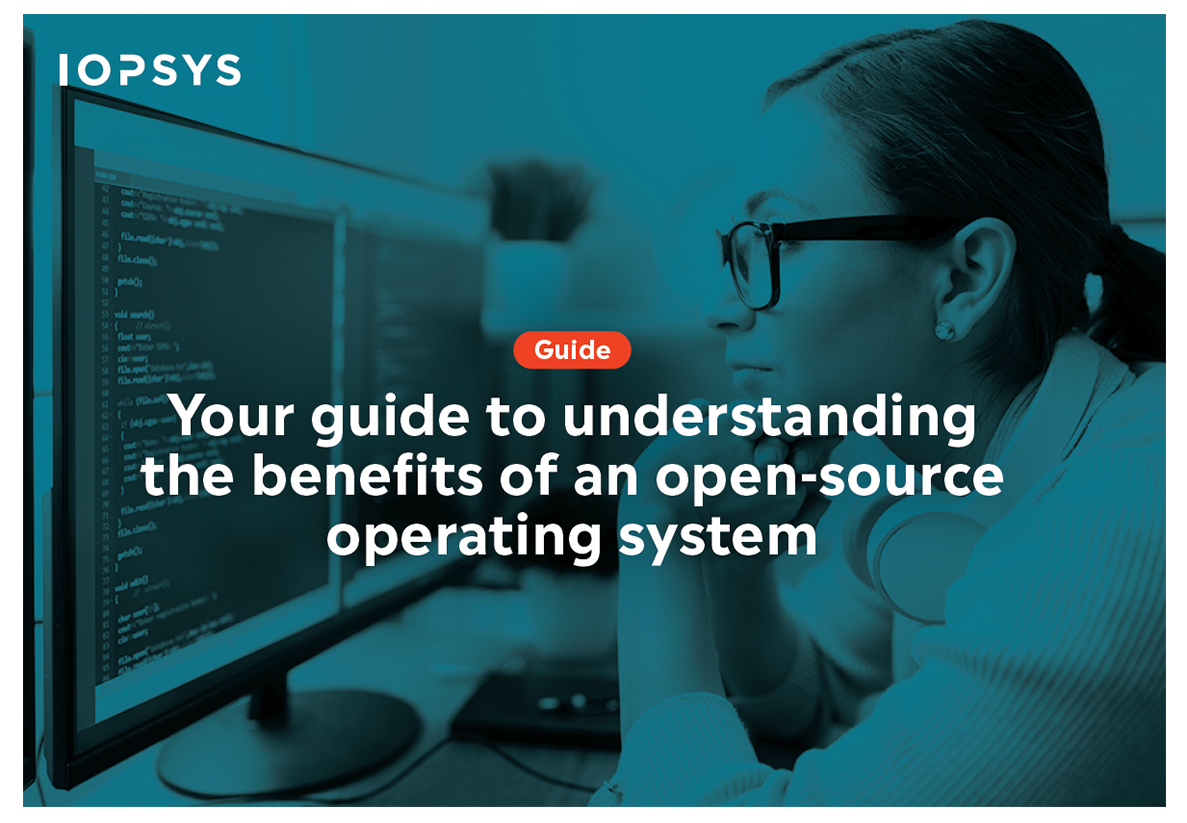
Managing resource challenges by re-thinking commercial open-source software
In conversation with the CEO of an innovative company within smart metering products and solutions, we discussed how to meet growing business needs by skillfully managing resources. Commercial open-source software plays a critical role.
Getting to the next level
Similar to connected homes, smart metering requires hardware and software in embedded devices such as a gateway in order to communicate with the network. The device collects data on the amount of heat, water, or electricity consumed, which is then used for billing and insights.
What’s needed to get the company to the next level? Developing an updated generation platform triggered the company’s review of in-house staff resources, software and hardware development, partners, and overall technology requirements. In parallel, tackling the system on module (SOM) shortage also forced the company to take a good hard look at resources.
Can they outsource, use current technologies, and better leverage partner expertise?
In search of commercial open-source software
For many years, the company has developed its own hardware and software and then added its own applications – but this requires a lot of in-house resources and time. There are SOM providers with firmware, but the company found it limited and not what they wanted. In search of a better way to use resources, they required software that is well-developed and maintained by a community. This led them to OpenWrt*, a Linux operating system targeting embedded devices. It includes 3,500 optional software packages, which is an extensive and rich breadth of software supported by an open-source community. In addition, frequent updates and security were desirable features.
”I saw that OpenWrt is a perfect base for our gateway, all the basics are already in place with a good operating system we could use. We have the ability to put our application on top.”
The next step was to identify a software independent software development kit (SDK) to unify the various software. In other words, one independent open-source SDK such as IOWRT** to manage and unify all the others.
Optimizing and transitioning to open-source commercial software and developing processes with software partners are key criteria to be able to focus on their core business. When reflecting on some benefits, the company has seen software quality increase due to access to the top tech skills/expertise and best practices. Software development is faster because it can tap into established and tested processes. Development costs decrease because there is no need to hire, onboard, or train new employees. Another advantage is faster time to market overall.
The company uses an external hardware production partner instead of doing it themselves. Because of the SOM shortage, their partner struggles with production. But open-source SDK also makes extending the software and applications across the SOM and devices easier.
Lessons learned
Although it has been beneficial for the company to leverage commercial open-source software, there are some issues that remain. The company has become better at specifying its requirements and staying true to them. However, having better knowledge, identifying weak points and where things can go wrong are not easy to foresee. ”You need to understand where to put your efforts for verification. That’s not easy. How do you verify a task? That’s tricky.” Understanding where to focus verification, spending time on validation and testing are parts of their journey that continue.
*OpenWrt is a trademark owned by software in the Public Interest, Inc.
** IOWRT is a carrier-grade SDK based on OpenWrt, developed and available from IOPSYS Software Solutions
